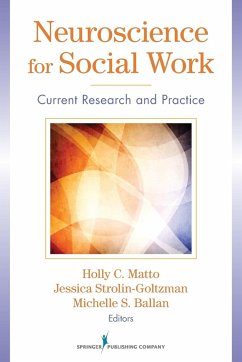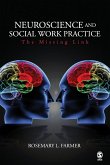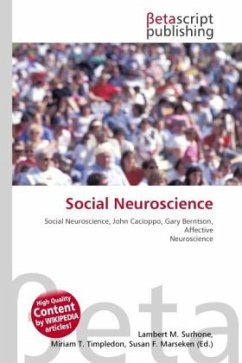This clear and accessible guide¿¿written by social workers for social workers¿¿describes the most current developments in neuroscience and their practical applications for social work in education, child welfare, health, mental health, and criminal justice settings. The contributions of social work experts in these key areas of practice make this vast and ever-expanding body of neuroscientific knowledge easily understandable, with specific relevance to understanding the impact of the environment on neural mechanisms and human life course trajectories. The text examines how neuroimaging can be used to examine psychosocial treatment efficacy, discusses cross-system programmatic and policy implications that respond to the way in which toxic environments and early disrupted attachment affect brain and behavior, and addresses the importance of bioethics to inform the integration of neuroscience into social work practice. This is the only text on this topic with chapters organized around five practice settings and embedded with application skills across micro, mezzo, and macro levels. Each chapter includes an overview of the latest scientific research pertaining to the topic and discusses implications for assessment, prevention, intervention, policy, research, and ethics. Real-world case studies in each chapter enhance practice applications. Key Features: Describes the latest applications of neuroscience across social work settings in education, child welfare, health, mental health, and criminal justice Examines latest neuroscientific research for each topic and its implications for assessment, prevention, intervention, policy issues, research, and ethical/legal issues Draws clear practical implications in each chapter Written by social workers for social workers Includes the contributions of noted social work researchers, faculty, and practitioners
Bitte wählen Sie Ihr Anliegen aus.
Rechnungen
Retourenschein anfordern
Bestellstatus
Storno



